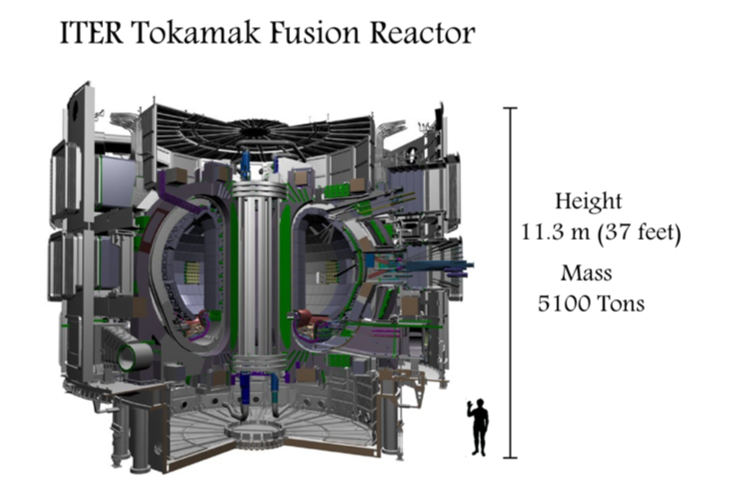

Tower and Town, May 2017 (view the full edition) (view the full edition)Environment versus EnergyLife on earth is critically tuned for energy usage, and human bodies are programmed to capture and store energy in order to create order. In fact our bodies burn prodigious amounts of energy to generate about 10,000 times as much energy per gram as the sun. The sun is hotter only because it is much bigger. The energy balance is further tuned by the clouds which act as a global heat shield. Without them, the sun would obliterate life. We use energy to create and maintain intricate cellular and bodily complexity, just as we do in the economy, where the harnessing of power from burning fuel enables us to build our civilisation. This powering of our civilisation has been achieved primarily through the burning of hydrocarbons. However, rising environmental concerns are prompting us to develop renewable sources of energy. In fact we have already made some progress in globalising solar and wind energy generation plus somewhat managing emissions from hydrocarbon sources. On the other hand the new world for balanced energy generation and environment concerns is not as straightforward as it seems. We are currently at the cusp of the new world of intercontinental renewable energy generation, plus advanced transmission and storage of electricity, that will render many familiar energy technologies obsolete. In addition, a quantum leap could also be realised beyond the middle of this century; and that is of realising commercial power generation by nuclear fusion, (not fission). Over forty years ago I and some other international nuclear physicists were researching properties of the nuclear reactions that power our Sun. These reactions can be accompanied by the emission of energy, and they proceed by fusing the atomic nuclei of light elements, such as hydrogen. Our aim was to lay foundations for harnessing the processes on earth for generating electricity using different types of hydrogen, (isotopes), as fuel. Therefore, I am pleased to let you know that we are now getting closer to this Holy Grail, with an operating Joint European Torus testing facility at the Culham Centre for Fusion Energy, (Oxfordshire), and the International Thermonuclear Experimental Reactor, (ITER), under construction in the south of France. The technological challenges are still enormous but nuclear fusion would be a game changer for life on planet earth due to its fuel abundance, mainly sea water, plus its minimum environmental effects. These technological advances should not distract us from the time scales for environmental changes. According to David W Keith and Gernot Wagner of the University of Harvard, “even if the world were to cut emissions to zero tomorrow, global temperatures and sea levels would rise for decades. If our roll of the climate dice is unlucky, they could rise for centuries. It is in this context that some climate researchers have begun to reluctantly take seriously ideas first proposed in the 1960s: the possibility of using solar geoengineering to help restore the world’s climate, alongside aggressive actions to reduce greenhouse-gas (GHG) emissions to zero and below”. I must here draw your attention to the fact that solar geoengineering is highly controversial as it involves spraying sun-reflecting chemicals into the atmosphere.  Raik Jarjis |